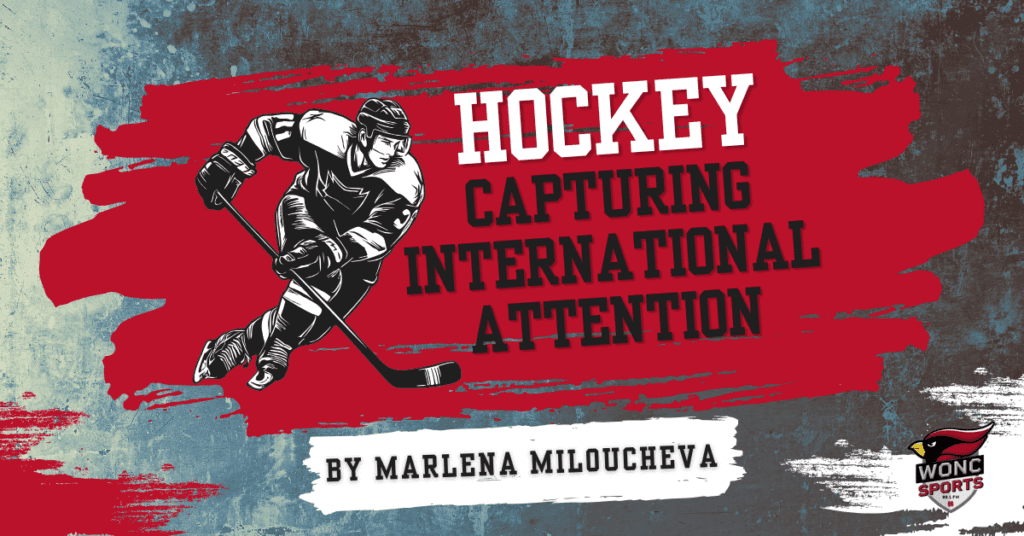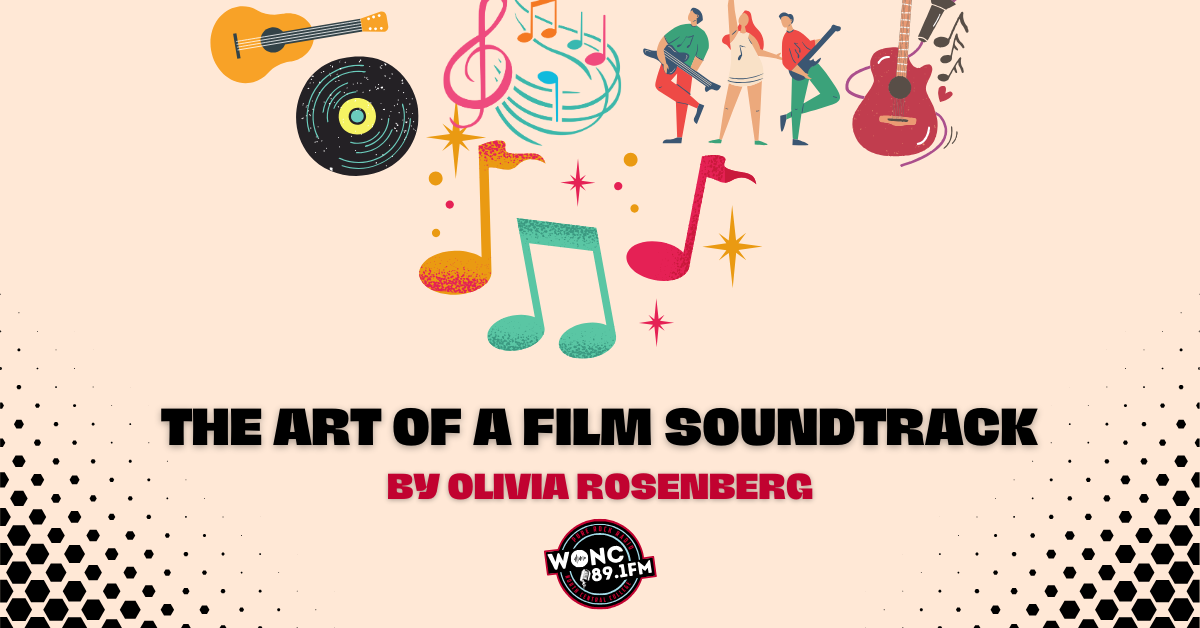by Marlena Miloucheva
The 4 Nations Face-Off was a tournament that took place from February 12th to 20th, and included the United States, Canada, Sweden, and Finland. The first games were held in the Bell Centre located in Montreal, Canada, while the second half of the tournament took place in the TD Garden in Boston. The championship game between the U.S. and Canada was reported as the most watched hockey game in decades, drawing about 9.3 million viewers.
The round-robin tournament was announced earlier this month by NHL Commissioner Gary Bettman. Each team was given two practice days before the rush of games. The U.S. clinched their championship spot with a win against Canada in the earlier rounds, and it was the first time the United States beat Canada in an international tournament since the 2010 Vancouver Olympics.
In their first meeting of the tournament, the United States and Canada got into four fights in the first minute of the game. This tension between the two nations was brought to the championship game on the 20th, but unlike their first meeting, the U.S. had the home-ice advantage.
In the championship game, Nathan MacKinnon scored the first goal for the Canadian team 4:48 into the first period. MacKinnon’s wrist shot avoided the tightly packed traffic and managed to go the full way. During the second period, the U.S. scored two goals while Canada scored one, making the game tied going into the third period. With a combined 12 shots on goal, no team was able to score during the third. It was during overtime when the Canadians prevailed, beating the United States 3-2 with a goal by Connor McDavid and winning the 4 Nations Face-Off tournament.
There’s no doubt that the major international hockey tournament gained attention. This was shown through the high number of viewers for the championship game. But what does this mean for hockey? Before the tournament, hockey was losing popularity. One of the main reasons was because of the high costs of gear, skates, and sticks, so this makes it harder for kids and their families to get involved. Although this tournament didn’t lower the prices of hockey equipment, it did increase fan engagement.
With the international streaming of the 4 Nations Face-Off, millions of kids were exposed to some of hockey’s biggest stars and their country’s national pride. This helped youth programs and local park districts use the tournament buzz to promote beginner programs, local leagues, and how-to-play events. The 4 Nation Face-Off was an entertaining tournament that helped grow a sport that was losing popularity.







